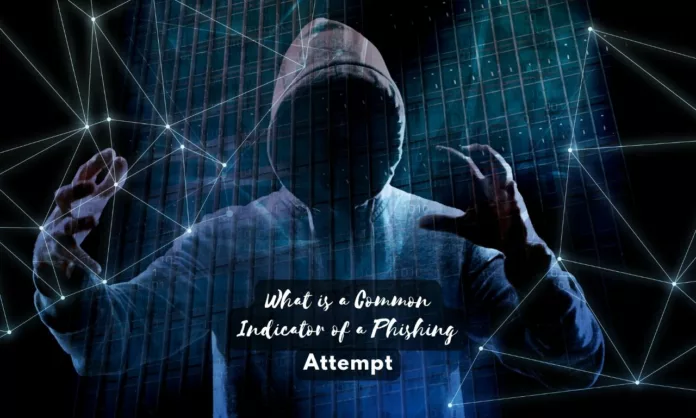In the rapidly evolving digital landscape, cyber threats have become a significant concern for individuals, businesses, and organizations alike. Phishing attempts, a form of cyber attack that targets users through deceptive tactics, have emerged as a prevalent and sophisticated threat. Recognizing these attempts is crucial for safeguarding personal information, financial assets, and sensitive data. One of the most effective ways to protect oneself from phishing attacks is by being able to identify common indicators that signal a potential threat. This article explores the key characteristics and indicators of phishing attempts, empowering readers to enhance their digital security.
Table of Contents
Understanding Phishing Attacks
Phishing attacks involve fraudsters posing as legitimate entities, such as banks, social media platforms, or government agencies, in an attempt to deceive users into disclosing sensitive information, clicking malicious links, or downloading infected attachments. These attacks often exploit psychological factors like urgency, curiosity, and trust to manipulate victims into taking action that compromises their security. By familiarizing themselves with common indicators of phishing, individuals can better discern legitimate communications from potential threats.
Common Indicators of a Phishing Attempt
- Unusual Sender Address: One of the most straightforward indicators of a phishing email is a suspicious sender address. While cybercriminals may attempt to mimic legitimate email addresses, careful scrutiny can reveal slight inconsistencies or variations that expose their malicious intent. Misspelled domain names or domain names that closely resemble legitimate ones are red flags to watch out for.
- Urgent Language and Threats: Phishing emails often employ urgency to create panic and prompt recipients to act impulsively. Threats of account suspension, financial penalties, or legal action are common tactics to pressure recipients into divulging sensitive information or clicking on malicious links.
- Generic Greetings: Phishing emails frequently use generic greetings such as “Dear User” or “Valued Customer” instead of addressing recipients by their names. Legitimate organizations typically personalize their communications by using the recipient’s name.
- Misspellings and Grammatical Errors: Many phishing attempts originate from non-native English speakers or automated systems, leading to noticeable misspellings, grammatical errors, and awkward sentence structures in their messages. These errors can serve as strong indicators of a phishing attempt.
- Suspicious URLs: Hovering the cursor over hyperlinks without clicking can reveal the actual URL destination. In phishing emails, the displayed link often differs from the actual destination, which could lead to a fake website designed to steal sensitive information.
- Requests for Personal Information: Legitimate organizations rarely ask users to provide sensitive information like passwords, Social Security numbers, or credit card details via email. Any email asking for such information should be regarded with suspicion.
- Too Good to Be True Offers: Phishing attempts may promise irresistible offers, such as lottery winnings or free vacations, to entice recipients into sharing personal information. If an offer seems too good to be true, it’s likely a phishing scam.
- Unusual Attachments: Attachments from unknown senders or unexpected attachments in emails should be handled cautiously. These attachments could contain malware that compromises the recipient’s device and data.
Protecting Yourself Against Phishing
Recognizing common indicators of phishing attempts is the first step toward protecting oneself against cyber threats. However, several additional measures can further enhance your digital security:
- Educational Awareness: Keep yourself updated about the most recent phishing techniques and tactics. Regularly educate yourself and your colleagues about the risks associated with phishing attacks.
- Two-Factor Authentication (2FA): Enable 2FA whenever possible. This adds an extra layer of security by requiring a second form of authentication, such as a verification code sent to your phone, in addition to your password.
- Verify Requests: If you receive an email requesting sensitive information or actions that seem suspicious, independently verify the request’s legitimacy by contacting the organization through official channels.
- Use Trusted Sources: Only download software, updates, and attachments from trusted sources. Avoid clicking on links or downloading files from unfamiliar or unverified sources.
- Regular Software Updates: Keep your operating system, antivirus software, and applications up to date to ensure you have the latest security patches.
Conclusion
Phishing attempts continue to be a serious threat in today’s interconnected world. Recognizing the common indicators of a phishing attempt is essential for safeguarding personal information, financial assets, and sensitive data. By remaining vigilant and informed, individuals can effectively defend themselves against these deceitful tactics and contribute to a safer digital environment. Remember, staying cautious and following best practices is key to staying one step ahead of cybercriminals.

